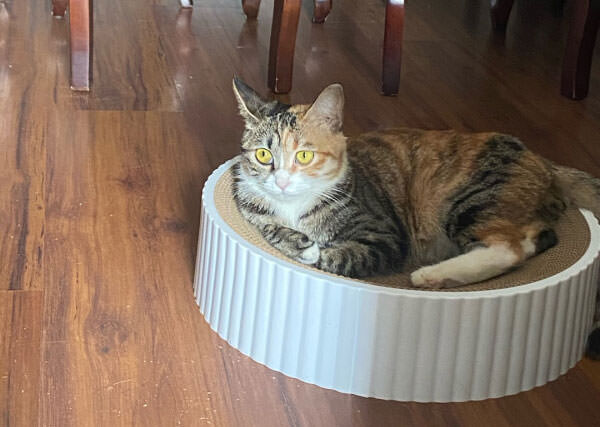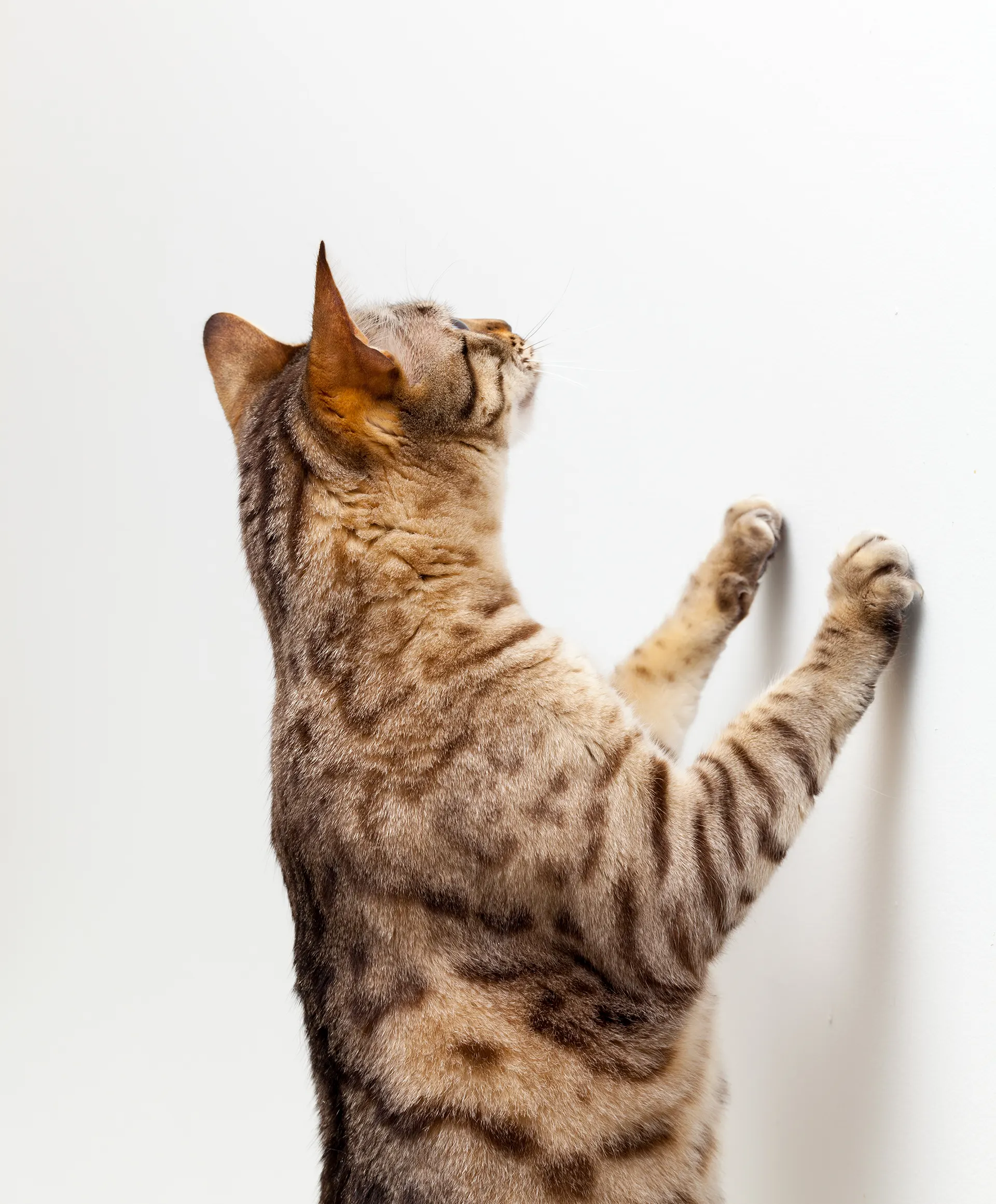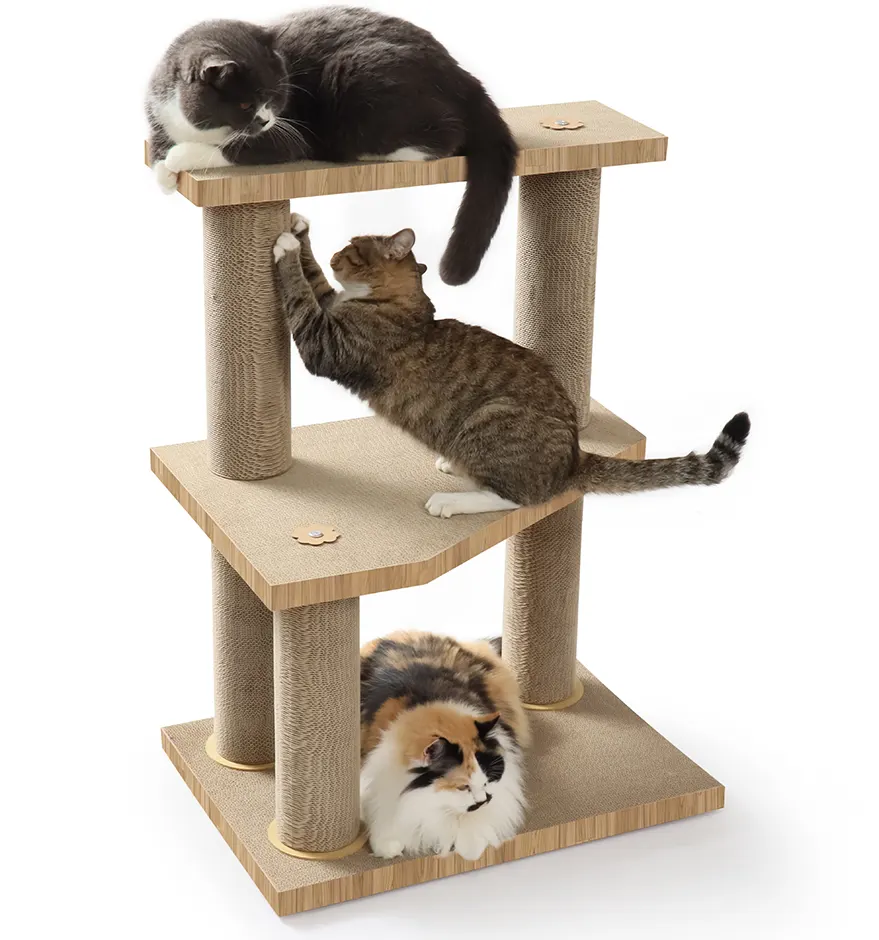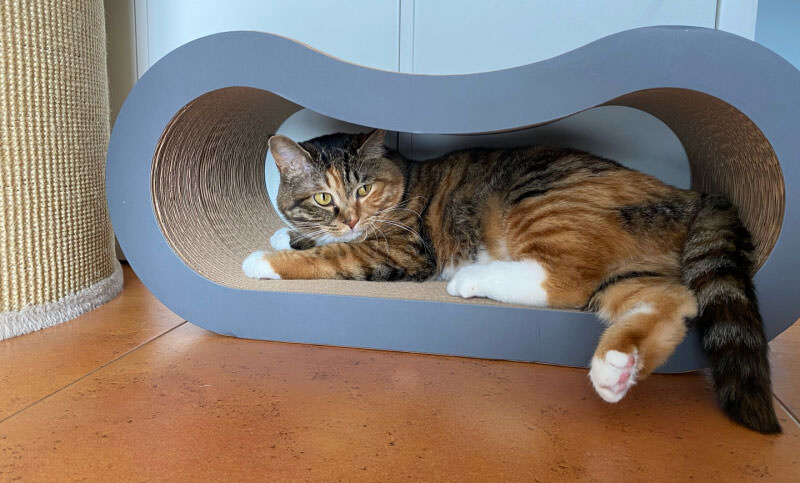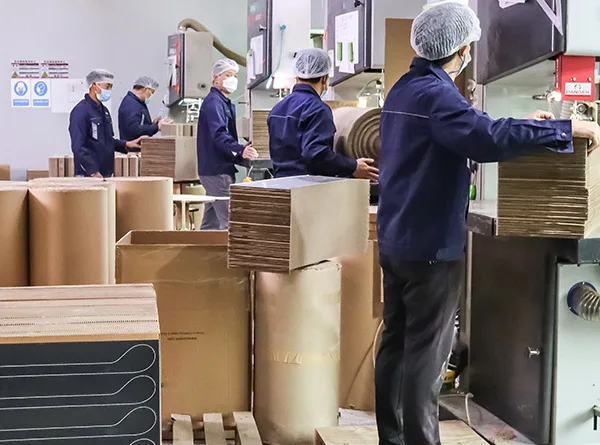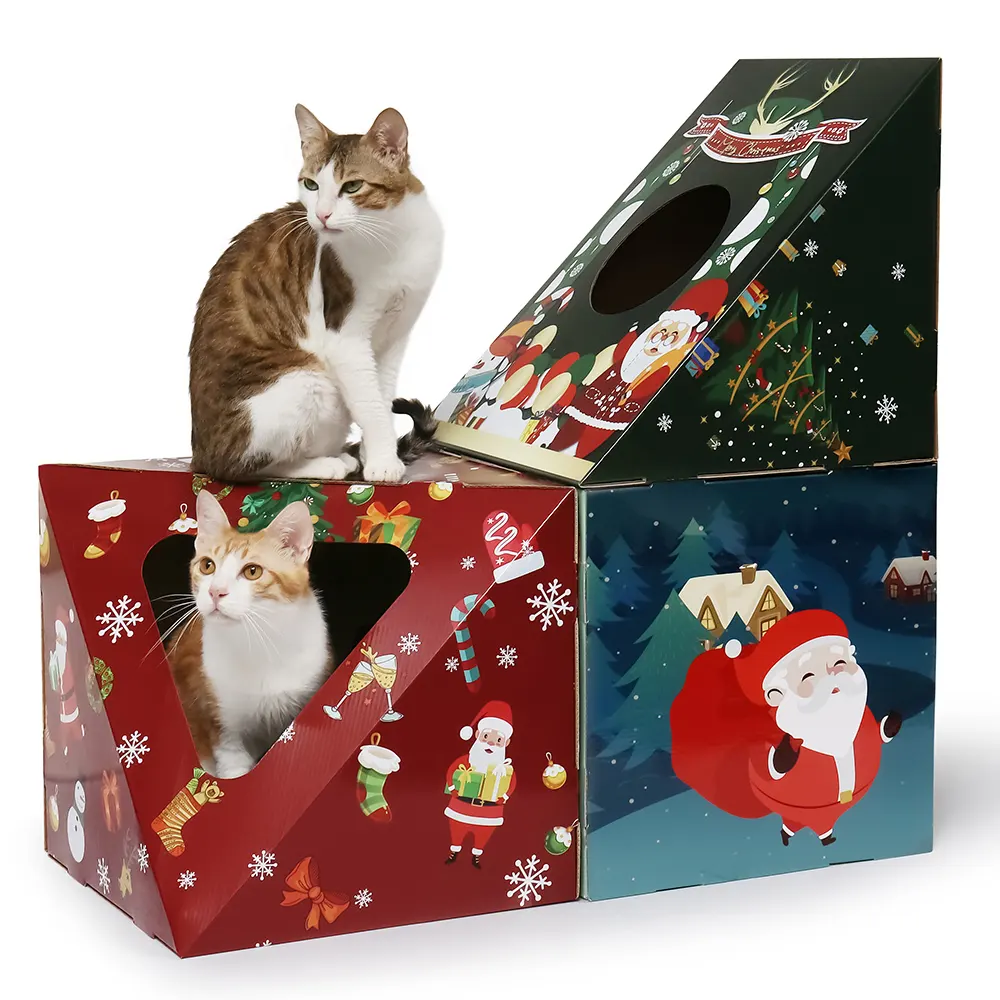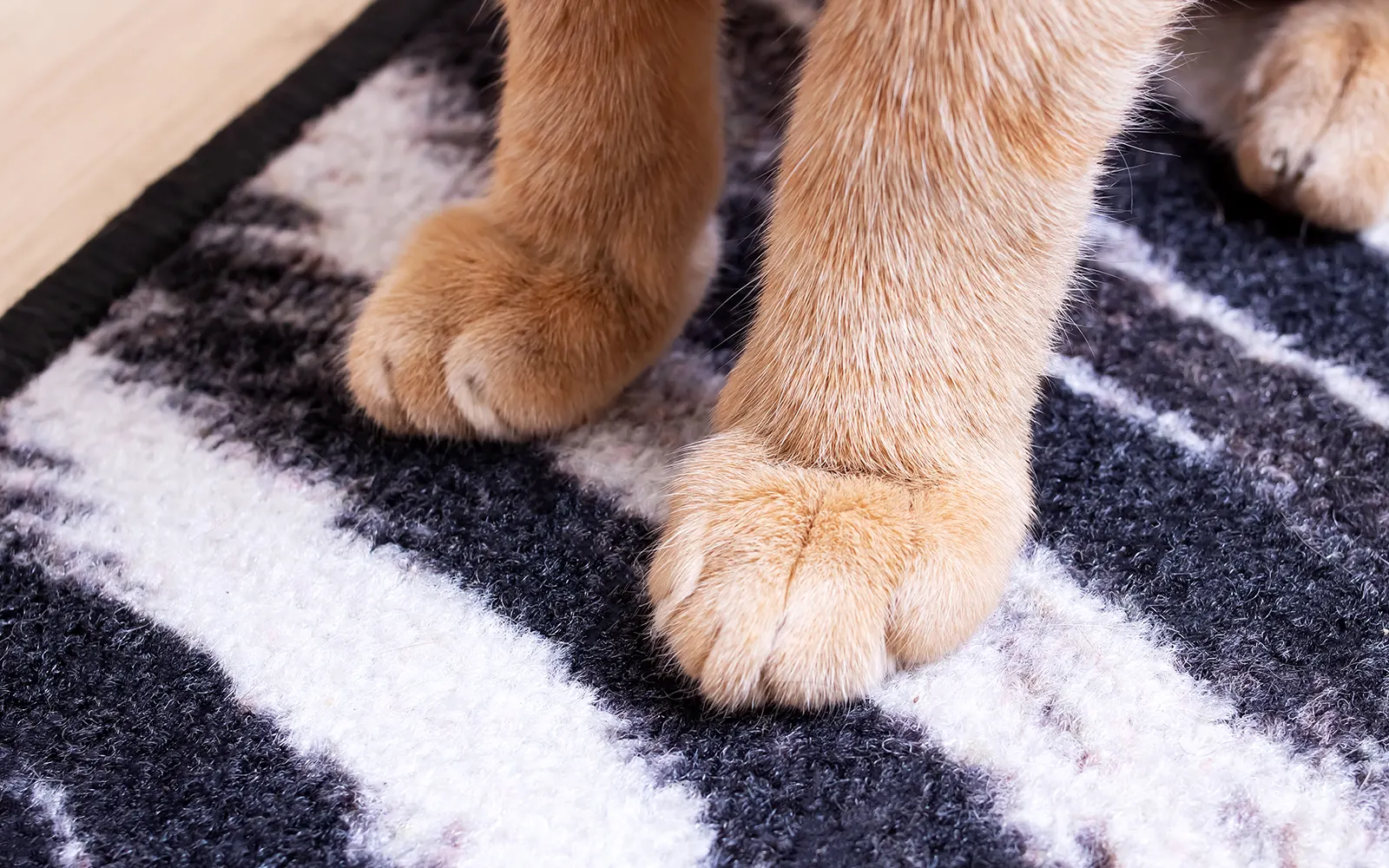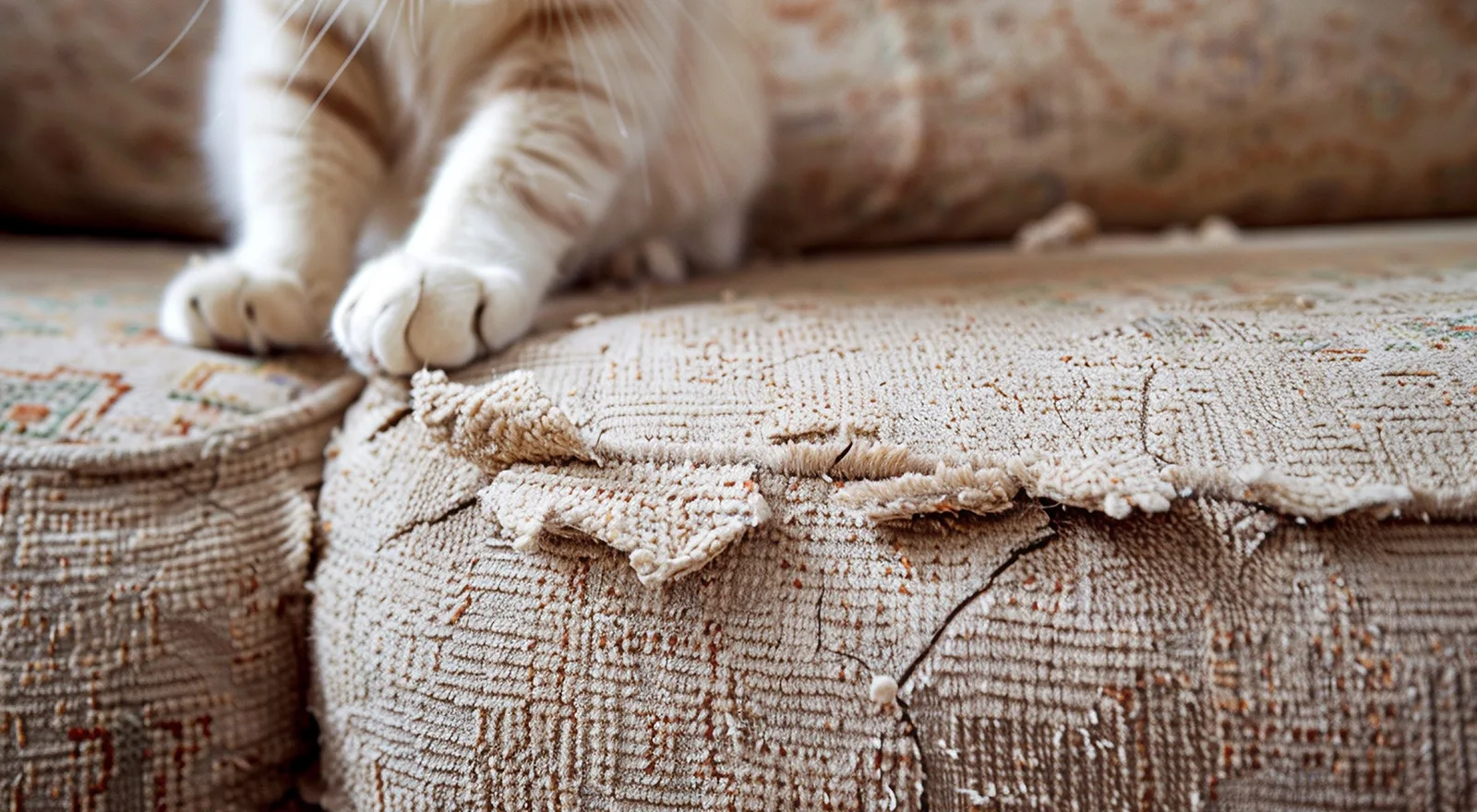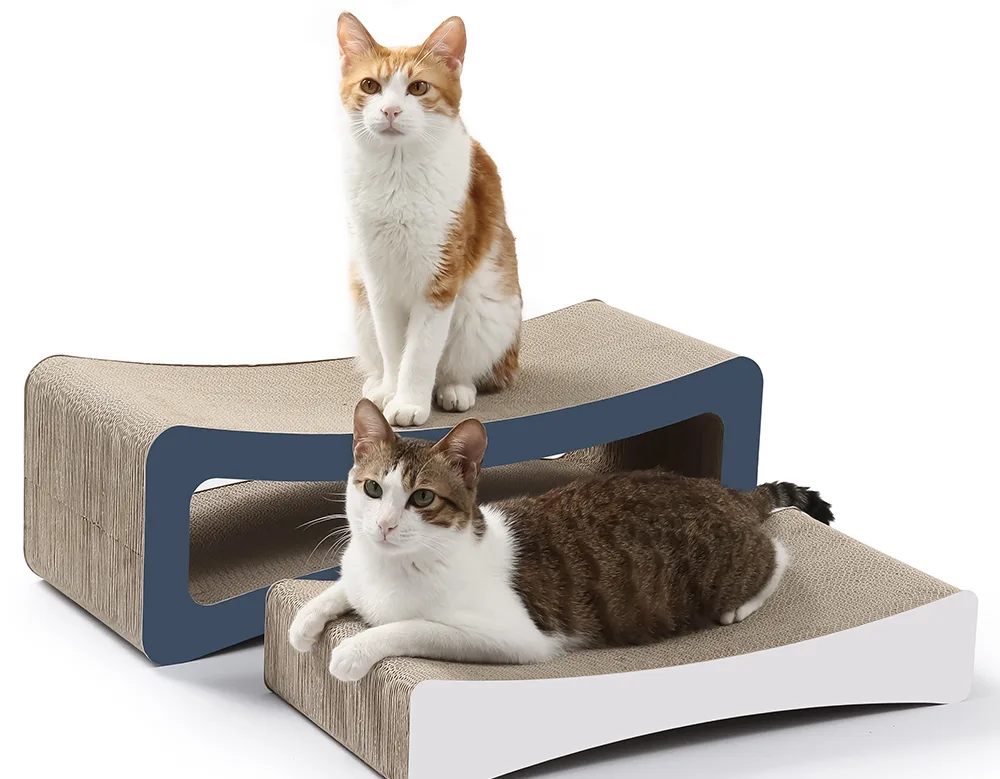Why Cats Love Cardboard Scratchers: The Perfect Feline Furniture
Have you ever bought your cat an expensive toy only to find them more interested in the cardboard box it came in? You're not alone. The relationship between cats and cardboard is a fascinating one that has puzzled and amused pet owners for generations. As it turns out, this seemingly simple material holds an irresistible appeal for our feline friends, and understanding this attraction has led to the development of innovative products like cardboard cat scratchers.
The Natural Instincts Behind the Love for Cardboard
Cats' attraction to cardboard isn't just a quirky behavior – it's deeply rooted in their natural instincts. When we observe cats in their natural environment, they demonstrate several key behaviors that cardboard perfectly satisfies:
- Territorial marking through scratching
- Claw maintenance and sharpening
- Muscle stretching and exercise
- Stress relief and emotional expression
- Hunting and play behaviors
The texture of cardboard is particularly appealing to cats. Its corrugated surface offers just the right amount of resistance when scratched, providing satisfying tactile feedback while helping them remove old claw sheaths effectively. The unique structure of corrugated cardboard, with its multiple layers and air pockets, creates an ideal scratching surface that mimics natural materials cats would encounter in the wild, such as tree bark or wooden surfaces.

The Science Behind Cardboard's Appeal
Several scientific factors contribute to cats' attraction to cardboard. First, cardboard is an excellent insulator, maintaining a comfortable temperature that's slightly warmer than the surrounding environment. This makes cardboard boxes and scratchers attractive resting spots for cats, who prefer temperatures between 86-97°F (30-36°C).
Studies have shown that enclosed spaces, like cardboard boxes, help reduce stress in cats by providing a sense of security and a safe observation point. Additionally, cardboard readily absorbs and retains cats' scent markers, making it an ideal material for territorial marking. When cats scratch cardboard, they're not just physically marking the surface – they're also leaving behind scent markers from glands in their paws.
Types of Cardboard Scratchers and Their Benefits
When it comes to cardboard scratchers, not all products are created equal. Here's a comparison of different types:
| Scratcher Type | Best For | Durability | Price Range | Special Features |
|---|---|---|---|---|
| Flat Pad | Small spaces, basic scratching | 3-6 months | $10-20 | Reversible, lightweight |
| Vertical Stand | Stretching, territorial marking | 6-12 months | $25-40 | Height adjustable, stable base |
| Lounge Style | Multi-purpose use, relaxation | 8-12 months | $35-60 | Curved design, dual scratching surfaces |
| Cat House Combo | Multi-cat homes, privacy | 6-12 months | $40-80 | Enclosed space, multiple scratch zones |
Making the Most of Your Cardboard Scratcher
To ensure your cat gets the maximum benefit from their cardboard scratcher, consider these essential maintenance tips:
-
Regular cleaning and inspection
- Remove loose cardboard pieces daily
- Check stability of the base weekly
- Monitor wear patterns on scratching surface
- Look for signs of structural damage
-
Optimal placement in your home
- Near favorite resting areas
- Away from food and litter boxes
- In social areas of the house
- Where the cat can stretch fully
Health and Environmental Benefits
Beyond satisfying your cat's natural instincts, cardboard scratchers offer significant health benefits for your pet. The scratching motion helps maintain healthy claw length and exercises important muscle groups in their shoulders and back. Regular scratching sessions can prevent joint stiffness and promote overall flexibility, especially important for indoor cats who may have limited opportunities for exercise.
From an environmental perspective, cardboard scratchers are an excellent choice for eco-conscious pet owners. Most are made from recyclable materials and are biodegradable at the end of their life. This creates a significantly lower environmental impact compared to synthetic alternatives made from plastic or carpet materials. Many manufacturers now use post-consumer materials in their products, further reducing their environmental footprint.
The Mental Health Connection
The psychological benefits of cardboard scratchers for cats shouldn't be underestimated. In multi-cat households, having multiple scratching options helps reduce territorial disputes and provides each cat with their own space to mark. The act of scratching itself is a natural stress reliever for cats, helping them work out excess energy and anxiety in a healthy way.
Supporting Your Cat's Natural Behaviors
By providing appropriate scratching outlets like cardboard scratchers, you're not just protecting your furniture – you're supporting your cat's natural behaviors and instincts. This understanding helps strengthen the bond between you and your pet while creating a more harmonious living environment. The humble cardboard scratcher represents a perfect intersection of meeting your cat's needs while being cost-effective and environmentally responsible.
Conclusion
The relationship between cats and cardboard is more than just a curious quirk – it's a perfect match of natural instincts and material properties. Cardboard scratchers represent an evolution in pet products that understands and caters to these instincts while providing numerous health and environmental benefits. Whether you're a new cat owner or a seasoned pet parent, a cardboard scratcher is an essential tool in creating a cat-friendly environment that honors your pet's natural instincts while protecting your home furnishings.
By choosing and properly maintaining a cardboard scratcher, you're not just providing your cat with a toy – you're giving them a vital outlet for their natural behaviors and supporting their physical and mental well-being. The simple act of scratching cardboard fulfills deep instinctual needs while creating a stronger bond between you and your feline companion.
